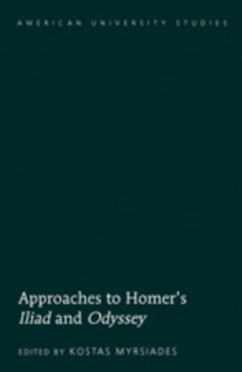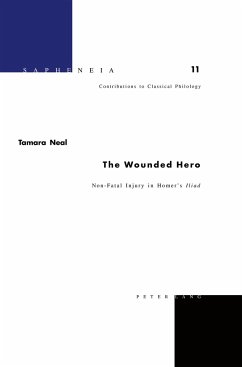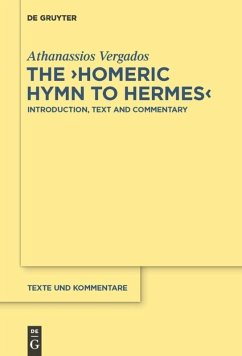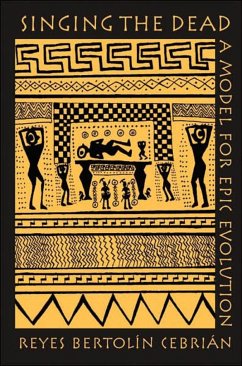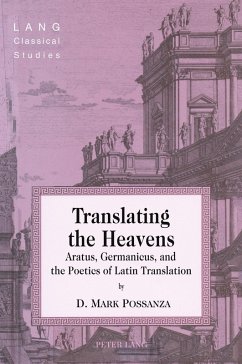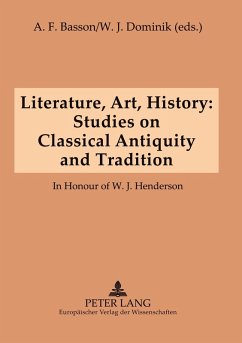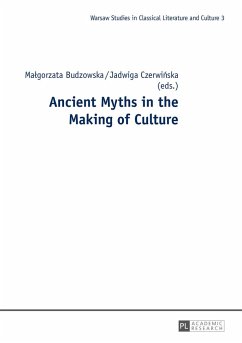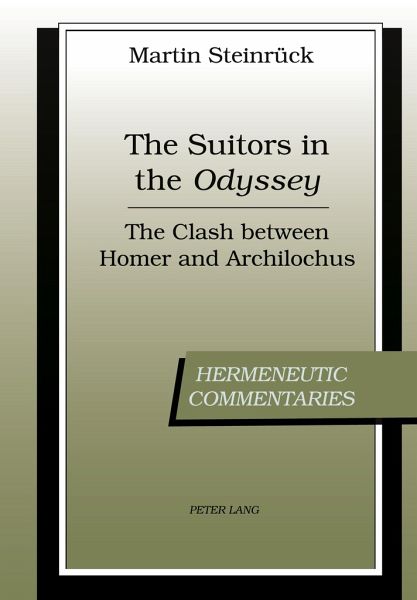
The Suitors in the 'Odyssey'
The Clash between Homer and Archilochus
Versandkostenfrei!
Versandfertig in 6-10 Tagen
85,90 €
inkl. MwSt.

PAYBACK Punkte
0 °P sammeln!
The suitors in the Odyssey strikingly resemble a very specific audience of iambic poets such as Archilochus or Semonides. Justifying these young men's deaths, the Odyssey engages in a polemic intertext with Archilochus' attacks against the threatening epic discourse. This study is concerned with reading both the traces of this often hidden quarrel in the Odyssey and the answers we can find within the iambic texts. Although iambus and epos have been connected in earlier studies, the direct portrait of the iambic audience within the Odyssey has not been examined. This book allows the reader to s...
The suitors in the Odyssey strikingly resemble a very specific audience of iambic poets such as Archilochus or Semonides. Justifying these young men's deaths, the Odyssey engages in a polemic intertext with Archilochus' attacks against the threatening epic discourse. This study is concerned with reading both the traces of this often hidden quarrel in the Odyssey and the answers we can find within the iambic texts. Although iambus and epos have been connected in earlier studies, the direct portrait of the iambic audience within the Odyssey has not been examined. This book allows the reader to see these issues in the larger social context.





